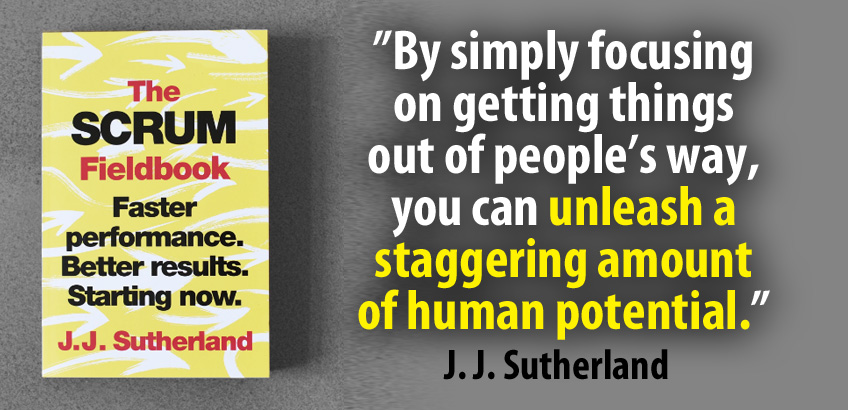Lean & Agile Construction are recognised experts in the application of Scrum & Agile concepts on construction projects. Our scrumboards highlight and visualise impediments to workflow & progress and getting the right persons to attend these huddles ensures rapid resolution of issues.
Scrum is a subset of Agile and one of the most popular process frameworks for implementing Agile. It is an iterative development model used to manage complex process and product development. Scrum has been successfully adopted by design & construction teams and provides increased visibility and transparency of prioritised tasks that should be worked on.

Fixed-length iterations called sprints, lasting one to two weeks, allow the team to complete deliverables at required short-term milestones. At the end of each sprint, stakeholders and team members meet to plan next steps.
Before starting the sprint, the team will meet and agree the tasks and allowable durations for each task. These are stored in the to-do list at the left side of the board. At each daily huddle, task stickie notes progress from left to right from to-do, through doing, and into the done column. Each stickie or task should have a weighting or score so the team can track its progress to completion. Each daily achievement is tracked on a “burn-down chart”; this allows visual tracking of planned versus actual progress.

Scrum implementation in Construction provides:
- A better way of working by providing transparency of workload
- Reduced wasted & repeated effort
- The ability to learn and change
- Greater predictability around schedule
- Higher quality handovers for customers
- Allowance to quickly and frequently check planning
- Every session provides an opportunity to inspect progress of the team and adjust strategy & the plan if things are not going well
- Help to prevent costly mistakes as a result of wrong assumptions, by detecting them early and frequently.